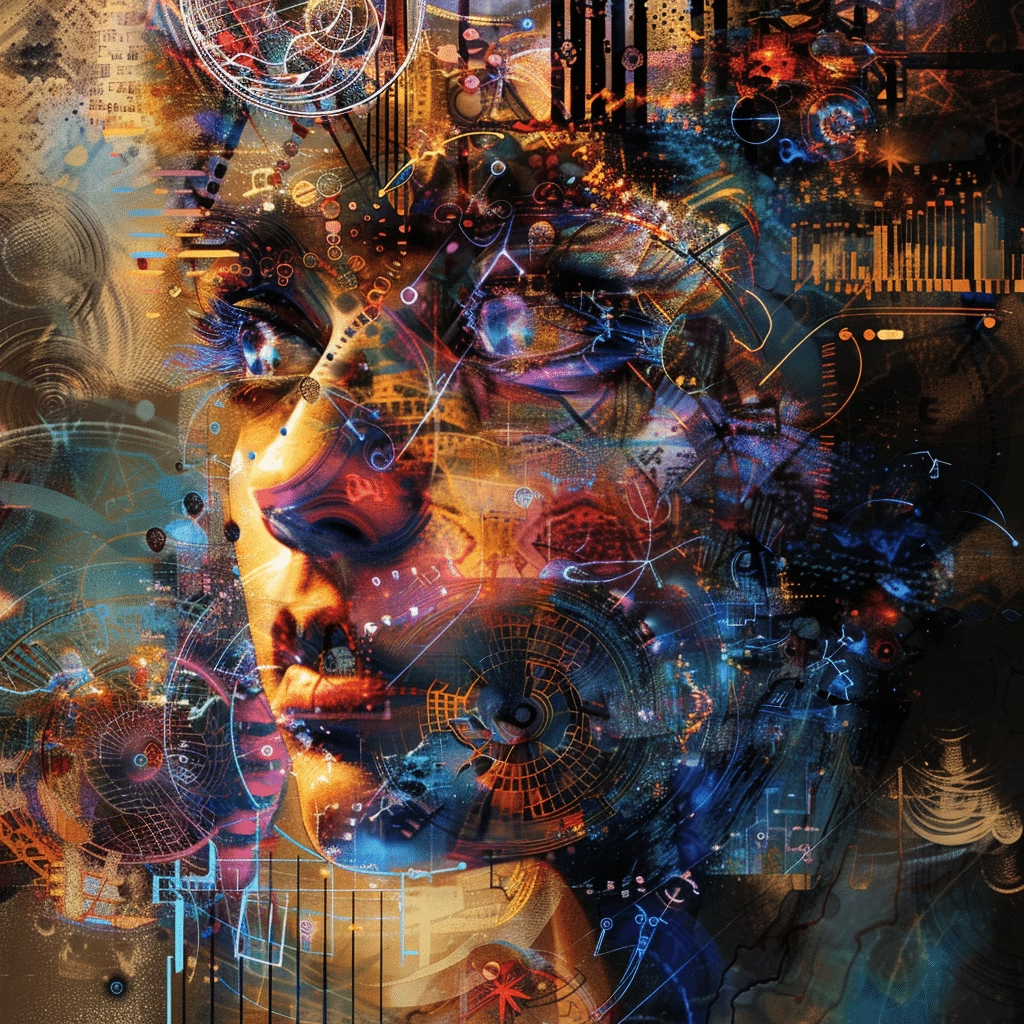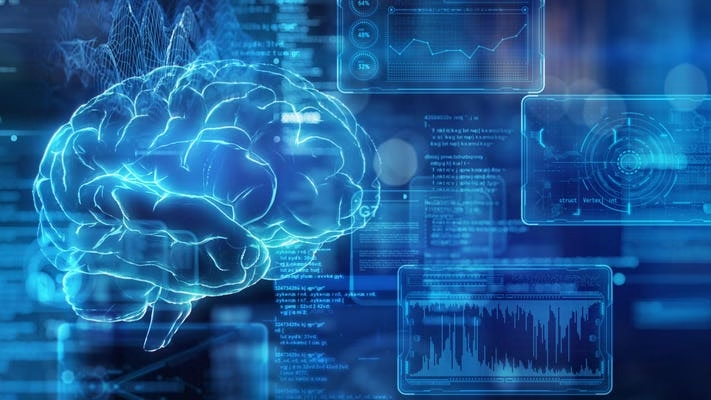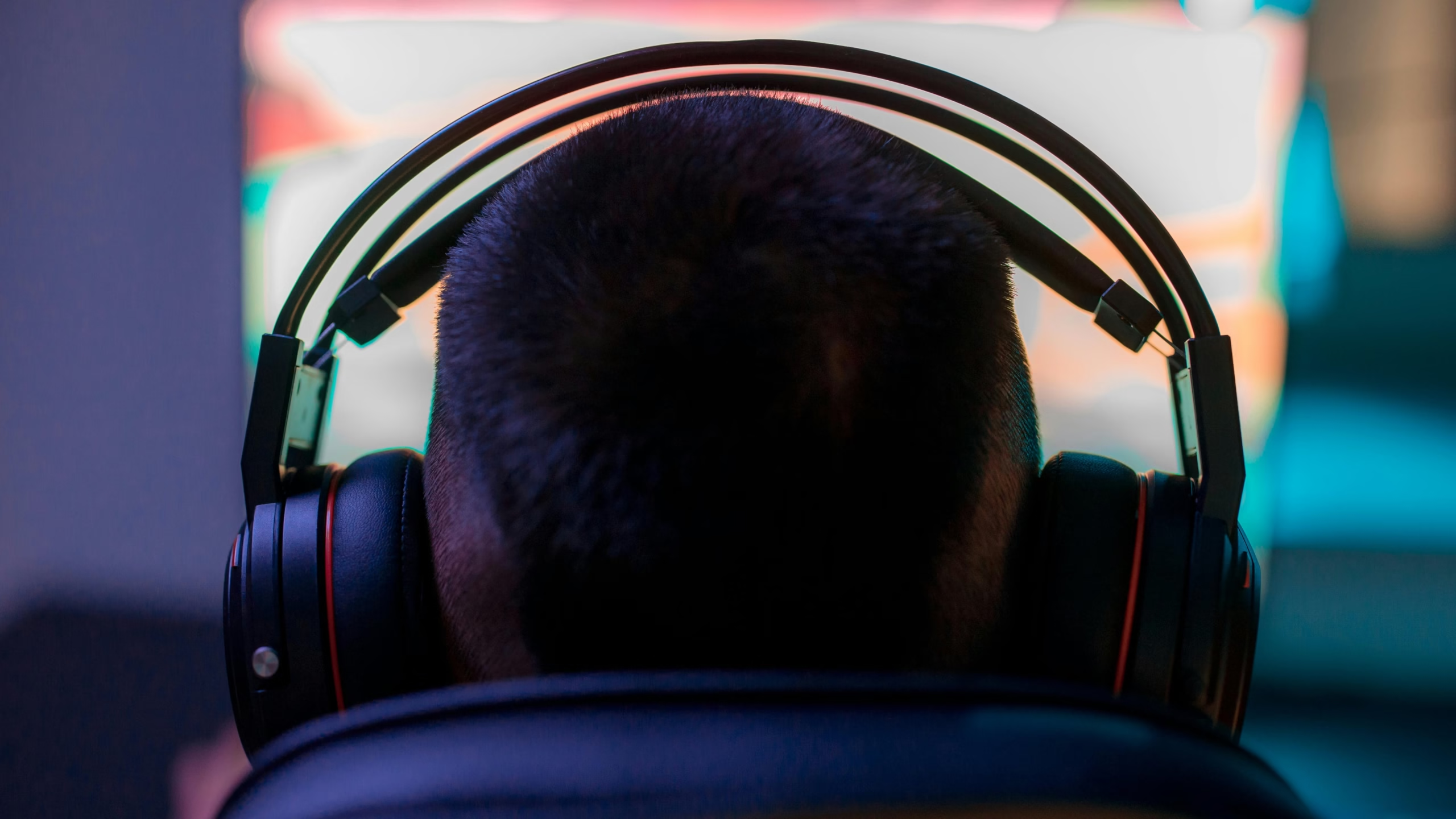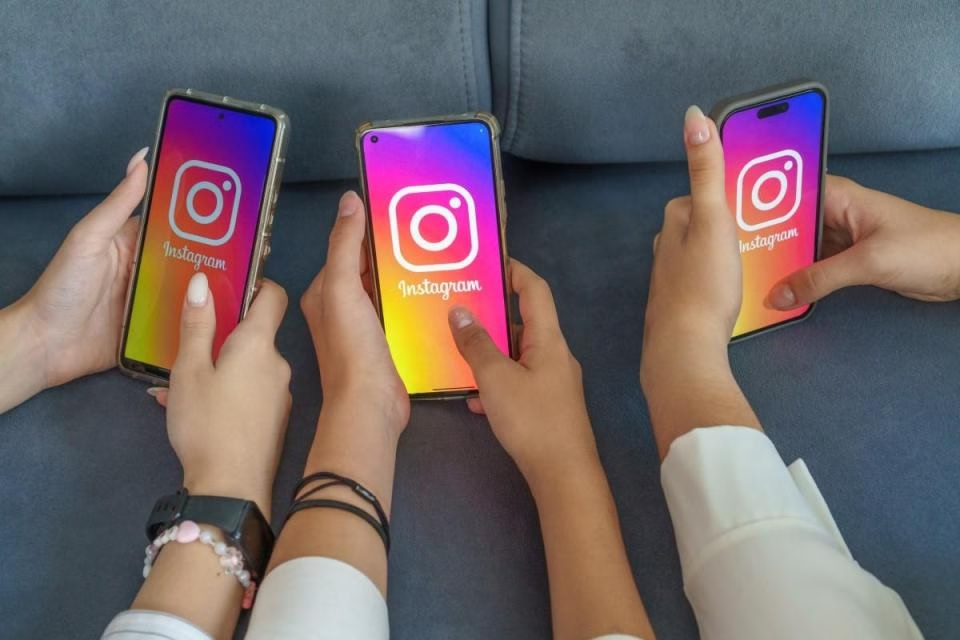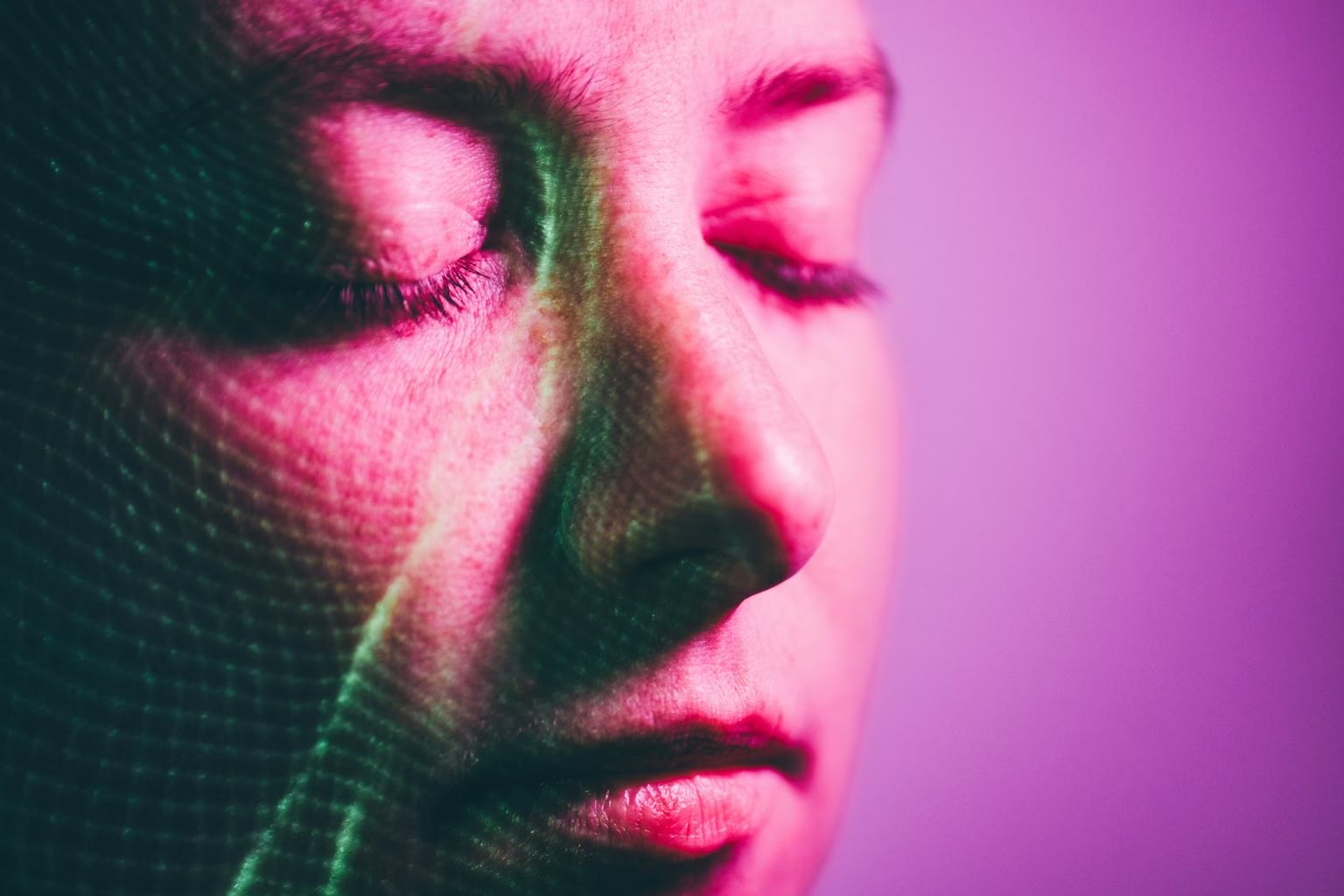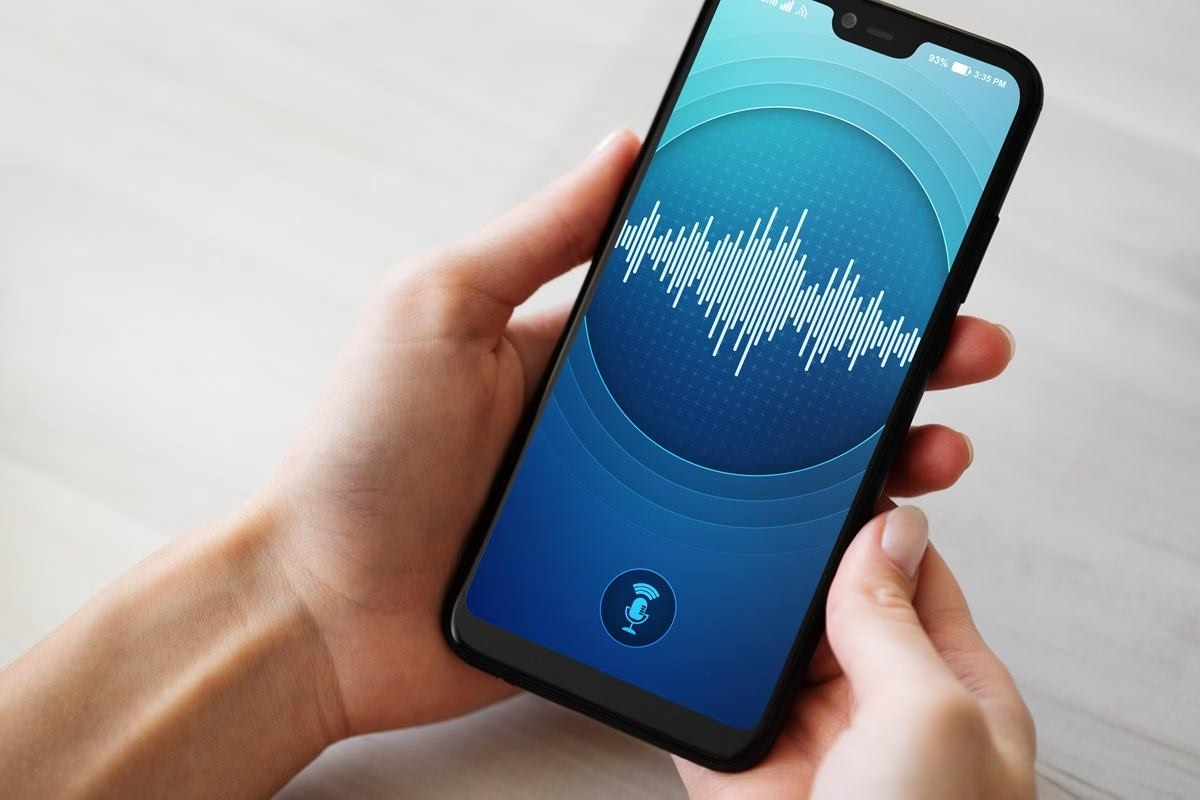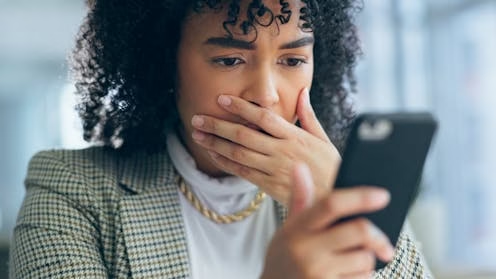The integration of Artificial Intelligence (AI) in the creative industries has sparked intense debate and curiosity. As AI-generated content becomes increasingly sophisticated, the lines between human and machine creativity are blurring. However, the emergence of responsible AI is poised to revolutionize the creative industries, ensuring that technological advancements are harnessed to augment human creativity, rather than replace it. Responsible AI prioritizes transparency, accountability, and fairness, safeguarding the values of human creativity, originality, and emotional depth.
In the creative industries, responsible AI can facilitate collaboration between humans and machines, unlocking new avenues for artistic expression and innovation. AI-powered tools can assist in tasks such as data analysis, pattern recognition, and even generating initial ideas, freeing human creatives to focus on high-level thinking, strategy, and emotional connection. This symbiotic relationship can lead to groundbreaking works that blend the best of human intuition and AI-driven precision. Moreover, responsible AI can help mitigate concerns around authorship, ownership, and the potential homogenization of creative output.
The impact of responsible AI on the creative industries will be felt across various sectors, from music and visual arts to literature and film. In music, for instance, AI-powered composition tools can aid in the creation of novel sounds, harmonies, and rhythms, while responsible AI ensures that these tools are used to enhance, rather than replace, human musicianship. Similarly, in visual arts, AI-driven generative models can assist in the development of new styles, textures, and colors, while responsible AI guarantees that these models are used in a way that respects human artistic agency and intent.
Ultimately, the fusion of responsible AI and human creativity has the potential to redefine the creative industries, enabling new forms of artistic expression, innovation, and collaboration. As this synergy continues to evolve, it is essential that stakeholders prioritize responsible AI practices, ensuring that technological advancements serve to augment, rather than undermine, the value of human creativity.

